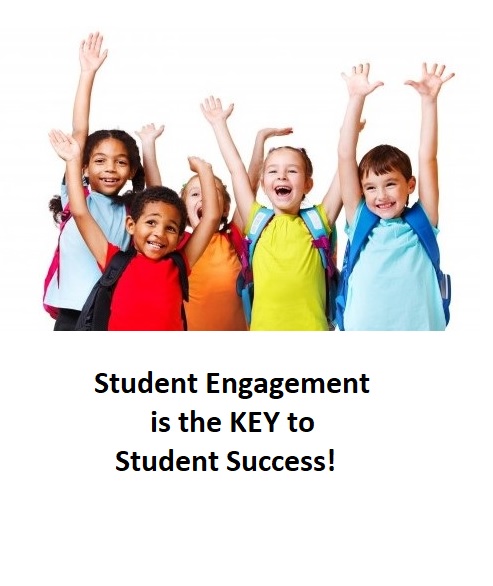
Chapter 4:
As I reflect on reading chapter 4 of Christie, Enz, Vukelich, & Roskos (2014), I noticed some similarities into my current practice of teaching vocabulary directly. It is important to provide purposeful exposure to new words with high-utility root words that have been decided in advance to teach to children. Intentionally teaching word meaning is important for students to comprehend and use in everyday interactions. Young children should be taught word-learning strategies so that they may make inferences to word meanings from context. Think aloud modeling is the best practice a teacher can model during read alouds. Students should be offered opportunities to use newly learned words. One way to do this is to utilize opportunities of cross-curricular connections of the vocabulary. I noticed that my students were able to retain vocabulary words and their meanings when the vocabulary words and definitions were shown, told, and then students were able to draw a graphic image in their journal to remind them of the meaning. I would like to improve finding additional ways to teach strategies for students to learn. It can be so easy to become redundant in teaching a certain way that has worked in the past…however, not all students learn the same way. That is why it is important to be open to diversity of teaching methods.

Chapter 5:
I would like to set up an effective reading community in my school by presenting the advantages of encouraging readers with a well-designed library center that has several engaging books with comfortable furnishings. Providing props, and writing materials for children to use during dramatic play centers promotes meaningful, life-like opportunities for imagination and interactions with print. I like the idea of changing up the centers with different themes and writing opportunities. I will provide materials such as envelopes for post office dramatic play, or grocery list pads for students to make grocery list and food orders and such.
Chapter 6:
There are eleven identified variables of an early literacy program that are essential for children to have as an opportunity to learn:
- Alphabet knowledge
- Print knowledge
- Environmental print
- Invented spelling
- Listening comprehension
- Oral language/vocabulary
- Phonemic awareness
- Phonological short-term memory
- Rapid naming
- Visual memory
- Visual perception skills
- Phonological and phonemic awareness, alphabet letter recognition, phonics and print awareness being the most ‘broader’ of the early reading skills as the foundation for learning literacy.
Both concepts of phonological and phonemic awareness involve just sounds of letters and are important pieces of literacy learning. The instructional sequencing of instruction begins with broad concepts to smaller and smaller ones. However, phonics involve the connections between the letters and sounds. First, phonological awareness should be introduced, then begin developing awareness that words are composed of phonemes as students become aware of letter-sound associations.
Chapter 7:
At my charter school we use weekly formative assessment tools to determine what interventions need to be put in place during small group or whole group instruction. This process allows us to prepare students for the summative assessments to determine what students have learned throughout the unit. I learned that the weekly and unit assessments we utilize are called on-going assessments that are used as a guideline for interventions. Benchmark testing which is usually done at the beginning of the year, middle of the year, and end of the year to measure improvements of success are called on-demand assessments. From my experience, these types of assessments are crucial for data digging and response for interventions before finding out there are needs to be met before finding out when it is too late.
